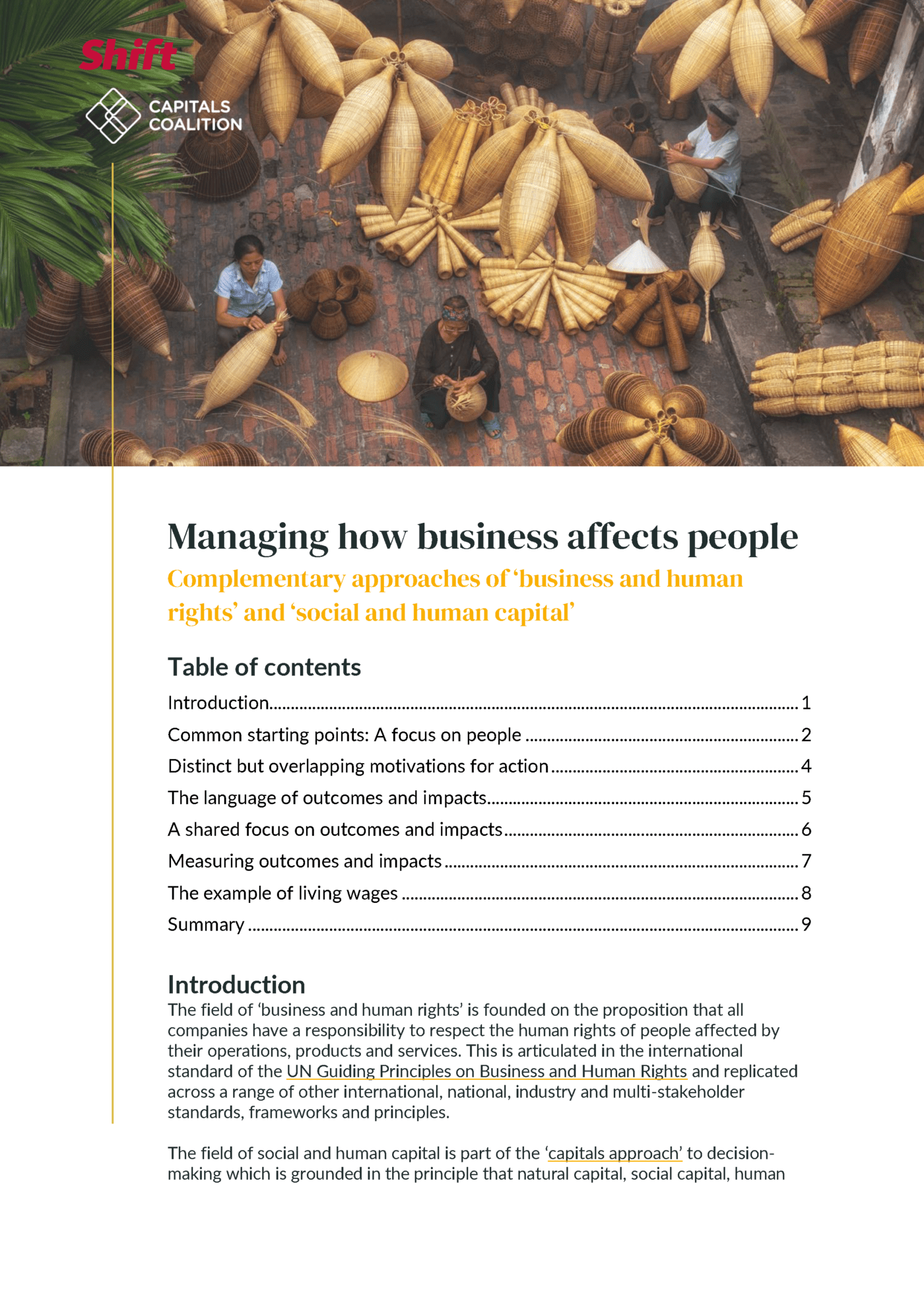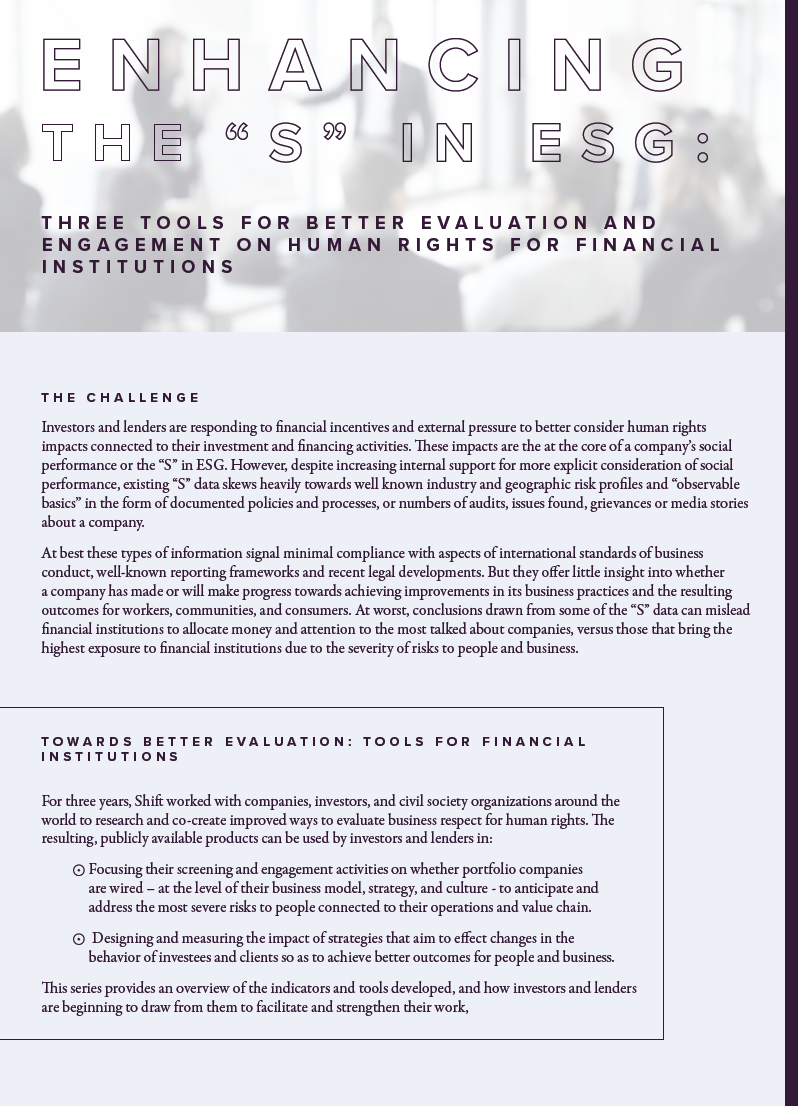Online shopping is booming. In the UK in 2019, average weekly online retail sales rose from £1.45billion in 2019 to £2.2billion in May 2020. Retailers have struggled to keep up with demand during the COVID-19 pandemic, comparing it to the Black Friday and Christmas rush periods. A critical part of the online shopping value chain are logistics companies who fulfill retailers’ delivery to consumers. The industry is fast-changing but many logistics companies rely on couriers who are often self-employed, not provided holiday or sick pay and face fines or don’t get paid at all if an item is not delivered.
Longer delivery windows enable better planning and forecasting, provided that retailers pass on the additional time to their logistics providers, who use it to support couriers. While some logistics providers pay couriers a premium to deliver high-value items, the delivery of these items can also place additional pressures on them. Self-employed couriers tend to only be paid if the item is delivered, which can delay or dilute payment if the courier must make multiple trips.
Shift – through it’s Valuing Respect Project – partnered with the Behavioral Science Group at Warwick Business School to see if behavioral science could suggest some ways to nudge consumers towards longer delivery windows that could reduce pressures on couriers.
Testing Ways to Nudge Consumer Behavior
With that in mind, we ran an online shopping simulation experiment with 2,500 regular online shoppers in the UK. Participants were asked to imagine they were buying a low-value (book), medium-value (coat) and high-value (laptop) product. They were then asked to select their delivery preference for each. Participants were randomized into different groups and shown a range of delivery options, including:
| Same-Day Delivery | Nex-Day Delivery | 2-3 Days | 3-5 Days |
| £6.49 | £4.99 | £1.99 | Free |
The control group received no nudge and acted as a point of reference to compare the effectiveness of the groups receiving the nudges. Participants in this group saw a list of delivery options from fast to slow, with the fastest option as the default. This mirrored how many popular online retailers present delivery options. Each of the other groups saw the same list of delivery options as the control group combined with a different “nudge,” as we tested how best to encourage consumers to choose “3-5 day” delivery instead of “same day” delivery. The nudges ( A nudge is a change in choice architecture to influence behavior and decisions in ways that are easy and cost-free and that retain freedom of choice. ) were:
Decoy
Decoy
Consumers were given an additional 12-14 day option, in order to make 3-5 days appear more reasonable.
Default
Default
The slowest delivery option (3-5 days) was pre-selected.
Empathy
Empathy
The consumer was shown a picture of a courier with a message about how their choice would affect them.
Ordering
Ordering
The delivery options were reversed, from longest to soonest, keeping the “same day” option pre-selected.
Recommended
Recommended
A message was added saying “Standard 3-5 day delivery is recommended by the Good Courier Network, an alliance of delivery providers who commit to responsible working practices for their drivers”.
Social
Social
A message was added saying, “Over 80% of people who purchase this item choose the Standard ‘3-5 day’ delivery option”.
Key Findings
Our starting point was the control group, where 18% of consumers chose the free, “3-5 day” delivery option. Our experiment then tested how we could bring this number down by nudging consumers. The graph below shows how nudges were effective in lowering the 18% by up to 4 points:
1. Consumers Want More Expensive Items to Arrive Sooner
As the item value increases, fewer consumers choose the free delivery option and more of them go for same-day delivery, even if they have to pay an additional £ 6.49.
Percentage of Consumers Who Chose the Free, “3-5 Day” Delivery Option
Percentage of consumers willing to pay £6.49 to receive their product the day they ordered it
2. The effectiveness of the nudges appears to be dependent on the value of the purchased product
Different nudges were more or less effective depending on what consumers were buying. For instance, when consumers were buying a laptop, they were more susceptible to change their behavior with the ’empathy’ nudge; however, when they were buying a coat, they were more responsive to ordering and recommendation. Interestingly, no nudge had a statistically significant effect on consumers buying the low-ticketed item, which was a book. This is not surprising as data confirmed that people are unwilling to pay for smaller value items to be delivered.
How nudges affected consumer behavior depending on the product they were buying
MOST EFFECTIVE NUDGE:
EMPATHY
MOST EFFECTIVE NUDGES:
Ordering and Recommendation
MOST EFFECTIVE NUDGES:
No nudge made a statistically significant difference
It may be that buying an expensive, long-term investment item such as a laptop triggers more analytical thinking and makes the consumer more receptive to the reasoning in the message from the courier.
3. Several nudges that are effective in other contexts, didn’t seem to alter consumer behavior.
Some nudges did not have a significant effect on any of the three products. For instance, changing the delivery option that appeared by default did not significantly alter consumer choice. This was particularly surprising. Defaults are well-established, powerful nudges in behavioral science and in real-world settings. However, in this case, consumers chose to actively move away from the default to select other options.
4. Consumers who identify as women and are 35 or older were more likely to choose the free, “3-5 day” delivery option.
Across the items, consumers who identified as women were 64% more likely to actively select “standard delivery” when purchasing the book than those who identified as men. Age also played a role in consumer behavior. For instance, compared to consumers aged 18-34, those aged 35 and over were 57-80% more likely to choose “3-5 day” delivery.
5. Shoppers may claim to be ethical consumers. That doesn’t necessarily reflect in their behavior.
Almost half of the consumers (48.2%) said they agreed or strongly agreed with the statement: “I consider myself an ethical consumer.” This was particularly relevant in the case of consumers with higher income and younger consumers. However, their behavior showed no difference in actuality from consumers with lower income or older consumers.
So, what does this mean for a business?
- By simply changing the order of how delivery options are presented, retailers can significantly impact the decisions that consumers make.
Changing the order of delivery options led to a decrease in “same day” delivery and a significant increase in “3-5 day” delivery. For the coat, “same day” delivery dropped from 3% in the control group to 0.8%. And “3-5 day” delivery jumped from 85% in the control group to 91% in the order group.
Changing the order is an inexpensive, easy to implement solution that businesses should consider.
- When the price tag is high, empathy is key.
High-ticket items — such as a laptop, are critical to nudge given their potential impact on couriers (a book may be posted through letterboxes, while a laptop will need a signature). Simply showing a humanizing picture of a courier with a message that encourages consumers to consider how their choice could place a burden on them appeared to trigger a more reflective, analytical thought process that leads consumers to choose a longer delivery window.
- Men and young consumers are less likely to choose delivery options that are better for couriers. We need more research to know how to change that.
More research could help us better understand how certain nudges could be tailored to different demographic groups, in order to increase the number of consumers who choose the “3-5 day” delivery option.
- Measuring behavior, and not just stated preferences or attitudes, is critical.
In this experiment, participants were fairly likely to describe themselves as ethical consumers, however, this did not correlate to their actual behavior in all cases. We need to look at what people actually do, not just what they say they will do. Focusing on real-world behavior and decisions is the only way of understanding whether our interventions work.
Over the last few years, Shift has engaged with UK retailers, logistics providers and other stakeholders on the full spectrum of human rights challenges in final mile delivery in the UK. One driver of these challenges is customer choice when buying online and this experiment focuses specifically on the ways that consumers can be nudged to make more responsible decisions in relation to online delivery. A future Shift publication will address the wider human rights issues in final mile delivery and the ways that retailers, logistics providers, trade unions and Government can play a role in building a rights-respecting logistics sector in the UK in the aftermath of the COVID-19 pandemic.





